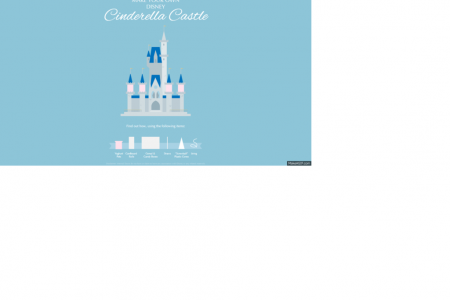
What is Rio+20
WHAT IS RIO+20? Rio+20 is an abbreviation for the United Nations Conference on Sustainable Development, due to take place in Rio de Janeiro, Brazil, from the 20-22 June 2012. The Conference is an historic opportunity to define pathways to a safer, more equitable, cleaner, greener and more prosperous world for all. RIO+20 United Nations Conference on Sustainable Development Twenty years after the 1992 Earth Summit in Rio, the UN is again bringing together governments, international institutions and major groups to agree on a range of smart measures that can reduce poverty while promoting decent jobs, clean energy and a more sustainable and fair use of resources. Road to Rio MILLENIUM DEVELOPEMENT GOALS COPENHAGEN ACCORD KYOTO PROTOCOL EARTH SUMMIT IN RIO Rio+20 is a chance to move away from business as usual and to act to end poverty, address environmental destruction and build a bridge to the future. 1992 1997 2000 2009 2012 WHY DO WE NEED RI0+20? 100% FISH STOCKS 15% 2012 WORLD WATER 2002 Water Ocans 0,003% FRESH WATER There are 1400 million km3 of water on earth, Only 0.003% are "fresh water resources", while just 9000-14000 km3 are available for human use, ie. a tea spoon in a full bathtub. In the last decade, 85% of fish stocks have become either full. or over, exploited, while 3596 of mangrove forests and 20% of coral reefs have been destroyed. Only 15% of fish stocks are moderately or under-exploited. A SPOON IN A BATHTUB 99.997% CLEAN WATER Climate change Food Wasted CO2 emissions keep on rising; they are up 40% from their 1992 figures. Two-thirds of this rise The amount of food wasted by consumers in industrialized countries each year (220 million tonnes) is almost as net production of Sub-Saharan Africa (230 millions tonnes). occurred in the last high as the total m decade. Biodiversity Gender Biodiversity fell by 12% globally, and by 30% in the tropics since Rio Women produce more than 50% of world's food but own only 29% of all land. 1992. Cities Energy More than 50% of the global population now lives in urban areas. Urban population has risen by 45% since 1992. Urban residents are responsible for more than 70% of the global carbon emissions. Solar and wind energy account for only 0.3% of global energy supply. Investment in sustainable energy, however, has skyrocketed in recent years: +540%. Forests FOREST LOSS per vear (in ha) Global forest cover falls down to 3 millions Km INVESTEMENT in salar and i.e. the size of India. 540% wind energy 16 milions s$$$$ 1006 13 millions 2004 2010 NET FOREST LOSS- 300 millions ha ALL SOURCES OF ENERGY 1. Oceans: Excessive absorption of CO2 remains a threat that could negatively impact 99,7% and marine life. 0.3% | 2. Greenhouse gas emissions continue to rise and more than a one-third of all known species could go extinct if climate change continues unchecked. 3. Forests: Deforestation results not only in biodiversity loss but also contributes to 12-15% to global warming by releasing CO2 in the atmosphere and hampering further CO2 storage. WHAT ISSUES WILL IT TACKLE? HOW CAN I PARTICIPATE OR CONTRIBUTE? Making the transition to greener economies while focusing on poverty eradication Rio+20 is a major opportunity to form partnerships and to highlight work by all stakeholders. The official website www.uncsd2012.org provides a platform for civil society, business, academia and NGOS to share their preparatory activities for Rio+20, Protecting our oceans from overfishing, the destruction of marine ecosystems and the adverse effects of climate change Monetary and in-kind contributions are needed from donor organizations to fund the participation of all stakeholders in the preparatory process for the Conference. Making our cities more liveable and more efficient For more information on how to contribute, please contact: Broadening the use of renewable energy sources that can significantly lower carbon emissions and pollution, while promoting economic growth Ms. Kathleen Abdalla Chief, Fundraising and Logistics Cluster UNCSD (Rio+20) Secretariat, Division for Sustainable Development, UN DESA, New York Tel: +1 212 963 8416 Email: [email protected] Better managing forests to avoid climate change damages from greenhouse gas emissions and to protect biodiversity Improving the way we conserve and manage our water resources, in order to promote development and guard against desertification You Tube 9 f RIO+ SOCIAL UNCIC United Nations Regional Information Centre for Western Europe Sources: FAO, 100 days to Rio+20, 100 facts, 2012 FAO, Water at glance, 2007 The World Bank, High stakes at Rio, 2012 United Nations, Rio+20: the future we want, 2012 UNEP, GEO 5, 2012 UNEP, from Rio to Rio+20, 2011
What is Rio+20
Source
http://www.unric.orgCategory
EnvironmentGet a Quote











